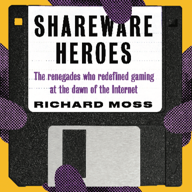It'll feature over 40 interviews with developers, composers, voice actors, and genre experts, including Ken & Roberta Williams, Akira Yamaoka, Thomas Grip, Hifumi Kouno, Graeme Devine, John Romero, Dave Szymanski, Airdorf, Noah Falstein, Jane Jensen, Rob Fulop, Abby & Tony Howard, Akuma Kira, David Chateauneuf, Hubert Chardot, David Mullich, Joe Whyte, Mathieu Coté, and many more.
And everyone who pre-orders will get access to 15+ hours of exclusive online live events such as vidcast panels and producer Q&As.
https://www.youtube.com/watch?v=q0tdKEFbEMs
https://terrorbytesdoc.com/
It'll feature over 40 interviews with developers, composers, voice actors, and genre experts, including Ken & Roberta Williams, Akira Yamaoka, Thomas Grip, Hifumi Kouno, Graeme Devine, John Romero, Dave Szymanski, Airdorf, Noah Falstein, Jane Jensen, Rob Fulop, Abby & Tony Howard, Akuma Kira, David Chateauneuf, Hubert Chardot, David Mullich, Joe Whyte, Mathieu Coté, and many more.
And everyone who pre-orders will get access to 15+ hours of exclusive online live events such as vidcast panels and producer Q&As.
https://www.youtube.com/watch?v=q0tdKEFbEMs
https://terrorbytesdoc.com/
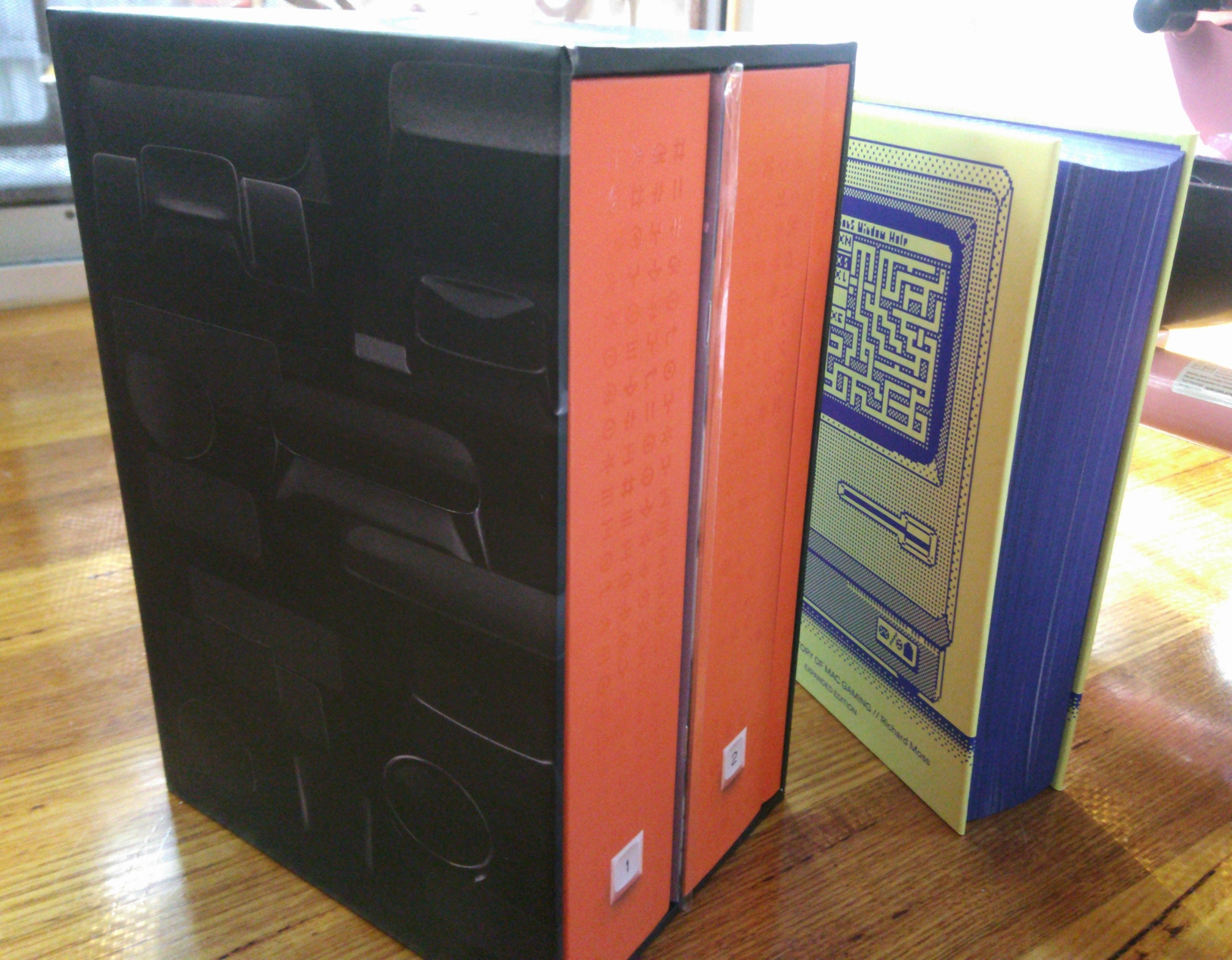
i just published a new post!
"Backrooms, Liminal Spaces, And The Subliminal Menace Of Loneliness in Indie Horror Games"
http://www.nathalielawhead.com/candybox/backrooms-liminal-spaces-and-the-subliminal-menace-of-loneliness-in-indie-horror-games
"This is about the horror of liminal spaces, and the intrinsic surrealism of our digital world… That beautiful awful loneliness of existing in the electric void of shared virtual fantasies that video games are."
~
#GameDev #VideoGames #VideoGame #IndieGameDev #IndieHorror #HorrorGame #Horror #Game #Games #Gaming #IndieGame #IndieGames
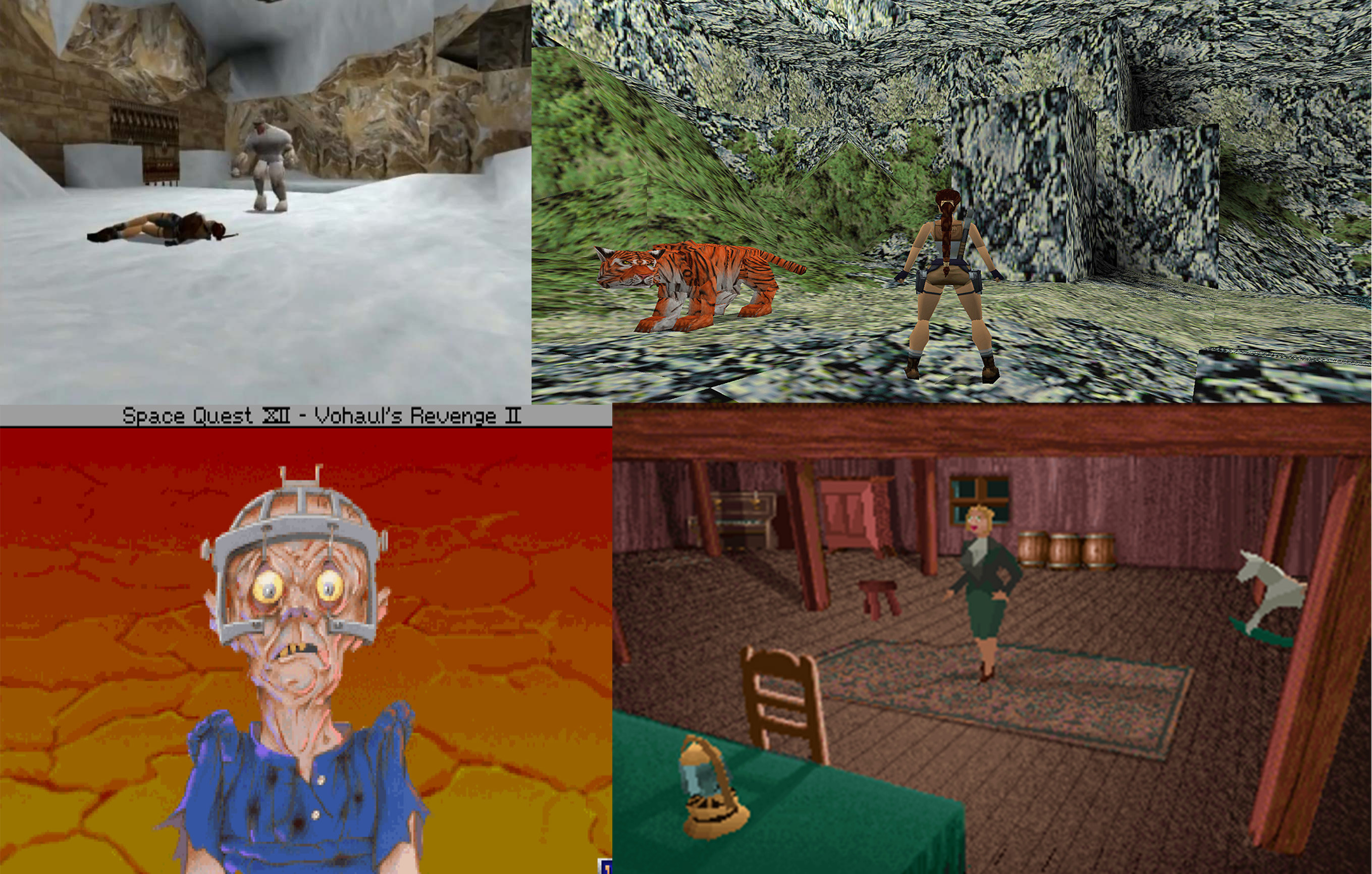
Something with a little gaming slant- a cross stitch scene from Dark Castle, one of the early classic Mac games. If you played it, you can hear the sound he made when he ran into a wall, in your head forever. 7/10 #NerdStitch
Macintosh turns 40 today, and to celebrate, I wrote about the weirdest and rarest Macs ever made. Read it at Ars Technica: https://arstechnica.com/gadgets/2024/01/macintosh-at-40-the-oddest-and-rarest-macs-ever-built/
I spoke with @shadsy about the Video Game History Foundation's project for a new digital library for gaming magazines and developer documents. https://www.timeextension.com/features/why-the-video-game-history-foundation-is-creating-a-digital-library-of-games-media
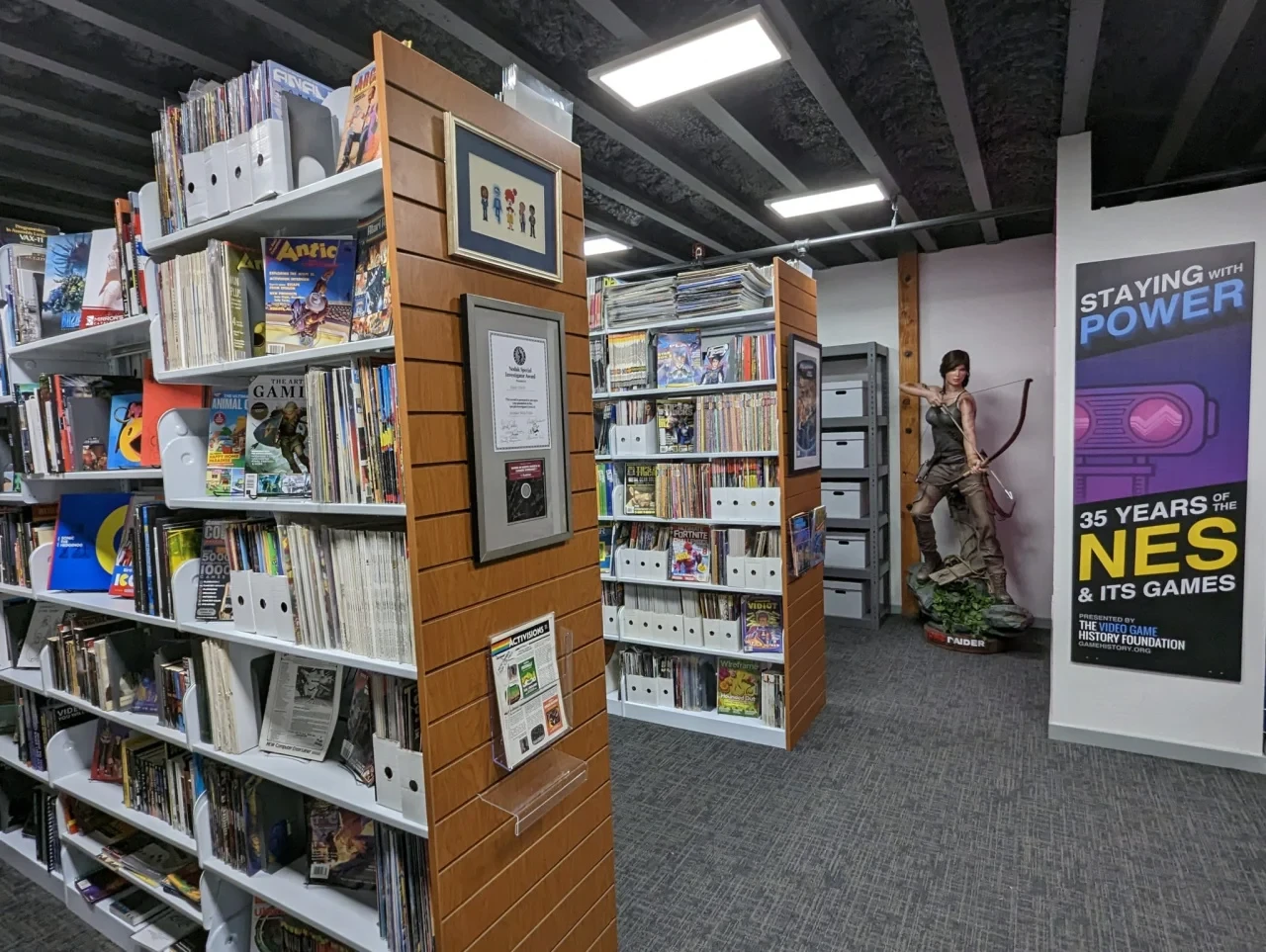
You can read about the creation and influence of both in my book The Secret History of Mac Gaming. The publisher has the Expanded Edition on sale today to celebrate the milestone. https://www.bitmapbooks.com/collections/all-books/products/the-secret-history-of-mac-gaming-expanded-edition
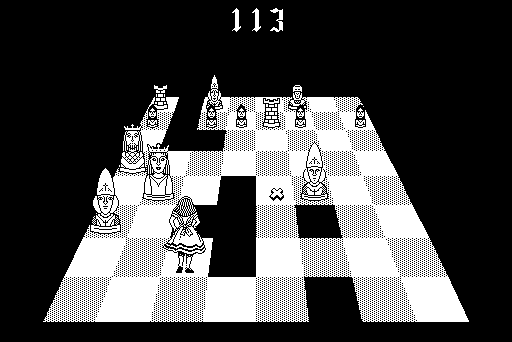
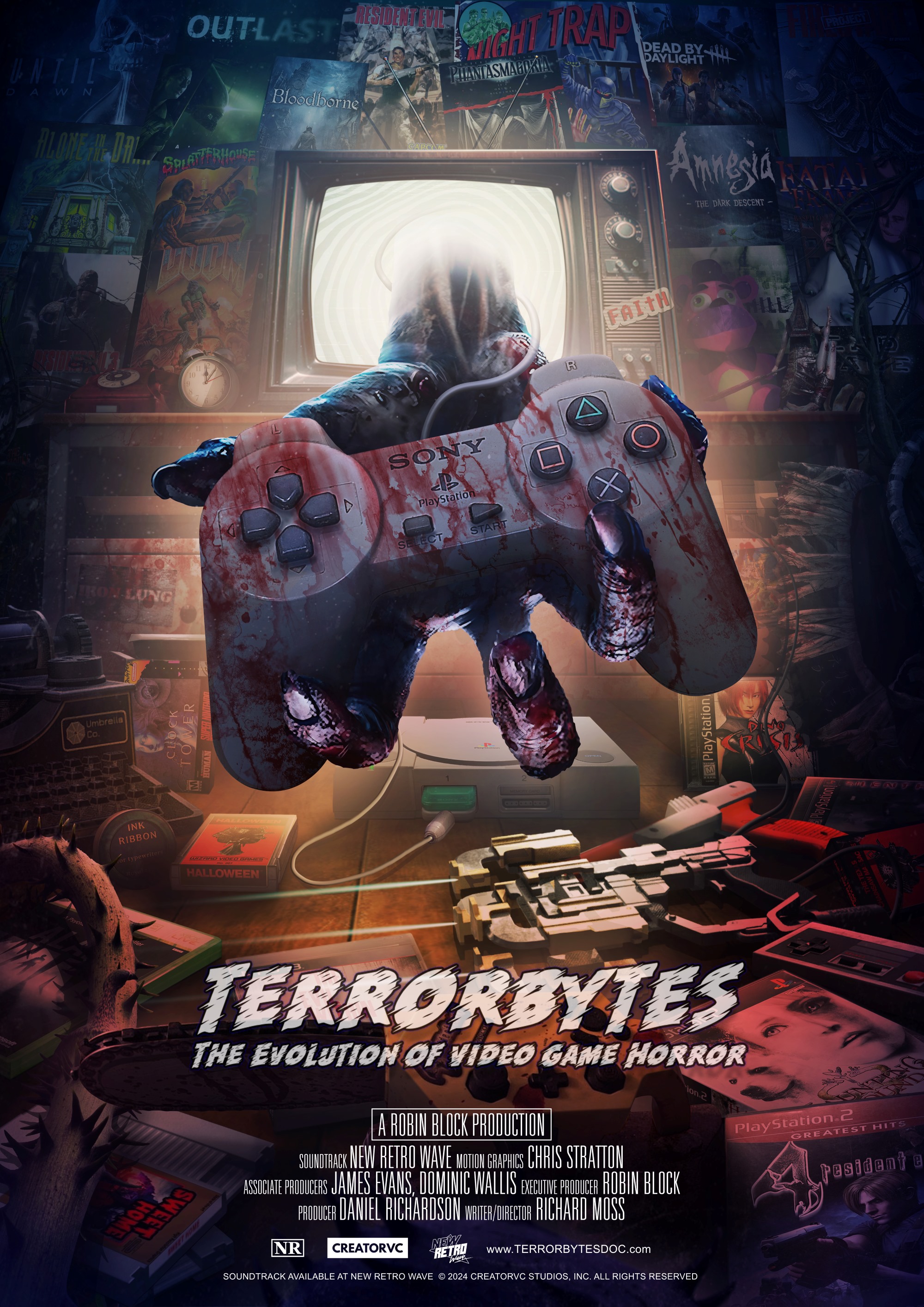
COVID barely gets a mention these days – here’s why that’s a dangerous situation.
"COVID complacency, by governments, the media and the public, is a threat to the overall health of the population, to health services and particularly to those most vulnerable, including older adults and those with pre-existing health conditions."
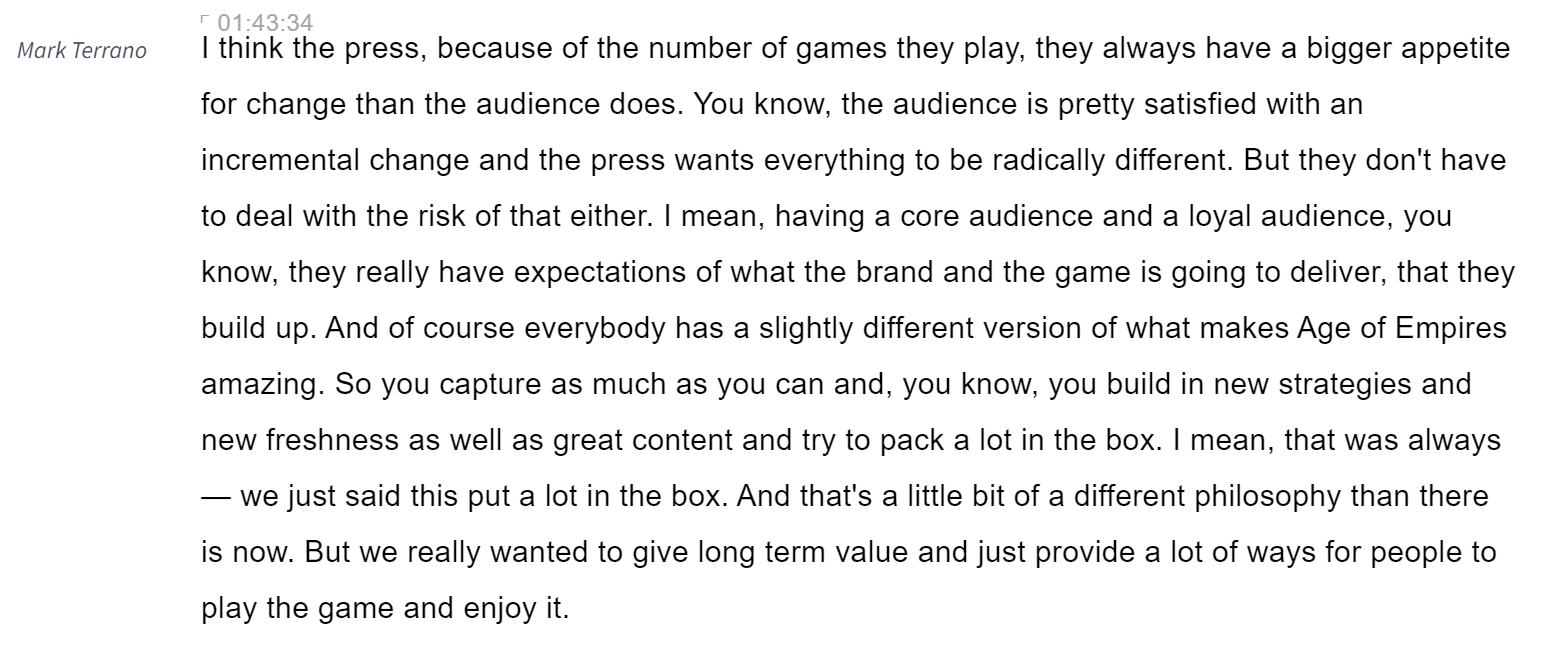
@darylbaxter @Gmatom Yeah, really just a remarkable team all around — not only the programmers, but also the rest of them too. By the way, I enjoyed the oral history in your book but I wish you'd proofread it more; it can be hard to read at times with all the typographical and syntactical errors.
They had no right getting or even bidding on the contract from Eidos, but they went for it anyway and pretended they were a larger company. (And then they hired @Gmatom to do the porting grunt work, which she smashed out with awesome improvements.) I talked to the founders about this once; it'll be in the second volume of Secret History of Mac Gaming, if that's ever finished.
And also interesting (though very much unsurprising) to note that they pitched it to Crystal Dynamics and were the driving force behind the project.
https://blog.playstation.com/2024/01/16/tomb-raider-i-iii-remastered-ps4-ps5-features-detailed-new-key-art-revealed/
@CodingItWrong That wiki page covers most of the detail, but to offer a more pithy explanation: it's all semantics, as all 3D games are ultimately rendered as a 2D image, but when people say "real" or "true" 3D they usually mean polygonal 3D, where the maps and all objects are stored and manipulated as 3D coordinates -- including the player, enemies, and camera.
Doom looks 3D thanks to its use of billboarding (for sprites) plus ray casting and binary space partitioning (for walls and floors), but you could render it as a top-down maze and it's mechanically the same game. Marathon uses shearing (sliding and scaling on the y axis) to create an optical illusion that you're looking up and down but is also using tricks to present 2D geometry and logic as though it's 3D.
I didn't check out Aerofoil when I first read about it in @MossRC's book, but now I wish I had. It's an attempt to preserve Glider PRO as unchanged as possible on modern systems. And it's free! If you like old Mac games definitely check it out, even if you also have Glider PRO running on original hardware. https://galeforcegames.itch.io/aerofoil
